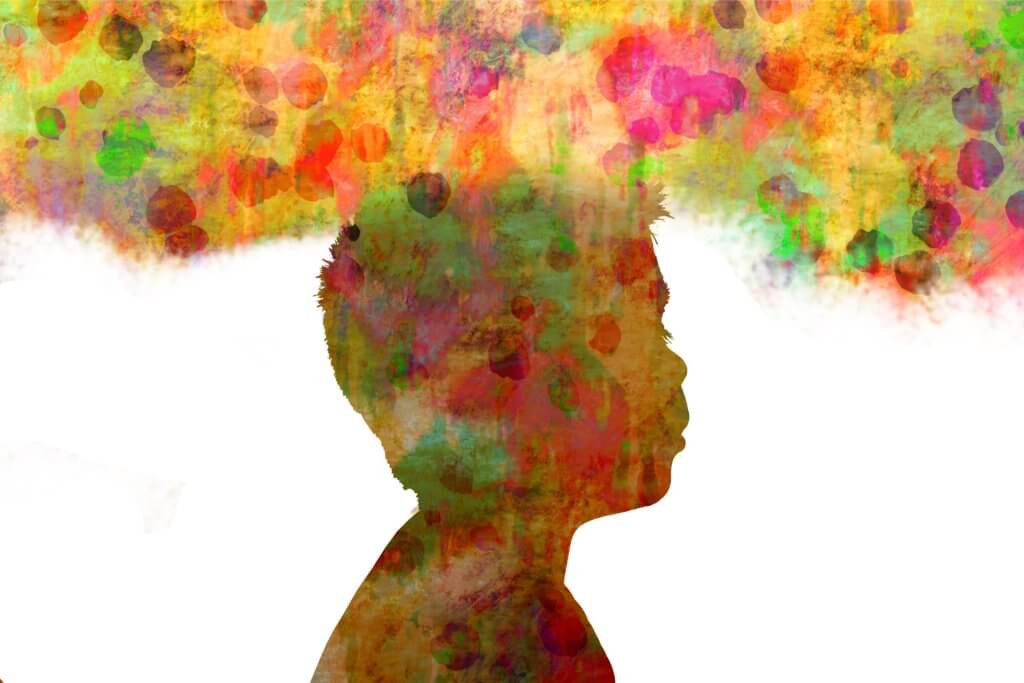Growing up in a violent neighborhood can do much more than bodily harm. A new study conducted by researchers from the American Psychological Association reveals constant exposure to violence within these communities can alter a child’s brain, specifically affecting the amygdala – a region critical for processing emotions and identifying threats.
However, amid these findings published in the journal Developmental Psychology, researchers offer a beacon of hope: the protective influence of nurturing parents.

The amygdala, often referred to as the brain’s alarm system, is finely attuned to detecting potential dangers, including negative or fearful facial expressions. This sensitivity is crucial for survival, but when constantly activated by the stress of living in high-violence areas, it can lead to heightened anxiety and stress in children.
“Decades of research has shown that growing up in neighborhoods with concentrated disadvantage can predict negative academic, behavioral and mental health outcomes in children and teens. And recent research is beginning to show that one way it does that is by impacting the developing brain,” says study co-author Dr. Luke W. Hyde, of the University of Michigan’s Department of Psychology, in a media release. “However, less is known about how neighborhood disadvantage ‘gets under the skin’ to impact brain development.”
To delve into this issue, Dr. Hyde and his team focused on 708 children and teens from 354 families, primarily residing in areas with above-average poverty rates. These participants underwent functional MRI scans to observe their amygdala’s reaction to various facial expressions while also reporting their experiences with community violence and family dynamics.
The findings were telling: those who were more frequently exposed to neighborhood violence displayed a heightened amygdala response to angry and fearful faces — a clear indication of the brain’s increased vigilance towards threats. This reaction held steady regardless of the family’s socio-economic status or other domestic violence exposures, pointing directly to the influence of the external environment on brain function.
The study, though, unveiled an important mitigating factor: the role of parental nurturing. Children and teens with supportive and caring parents showed a reduced link between community violence exposure and amygdala sensitivity.
“Despite living in a disadvantaged neighborhood, children with more nurturing and involved parents were not as likely to be exposed to community violence, and for those who were exposed, having a more nurturing parent diminished the impact of violence exposure on the brain,” explains study co-author Gabriela L. Suarez, a graduate student in developmental psychology at the University of Michigan. “These findings really highlight how nurturing and involved parents are helping to support their children’s success, even in potentially harsh environments, and offer clues as to why some youth are resilient even when facing adversity.”
This discovery underscores the power of positive parenting in fostering resilience among youth facing adverse circumstances. By providing a supportive and understanding home environment, parents can act as a shield against the pervasive effects of neighborhood violence, aiding in their children’s healthy development and mental well-being.

“Parents may be an important buffer against these broader structural inequalities, and thus working with parents may be one way to help protect children — while we also work on policies to reduce the concentration of disadvantage in neighborhoods and the risk for exposure to violence in the community,” notes study co-author Dr. Alex Burt, of Michigan State University.












